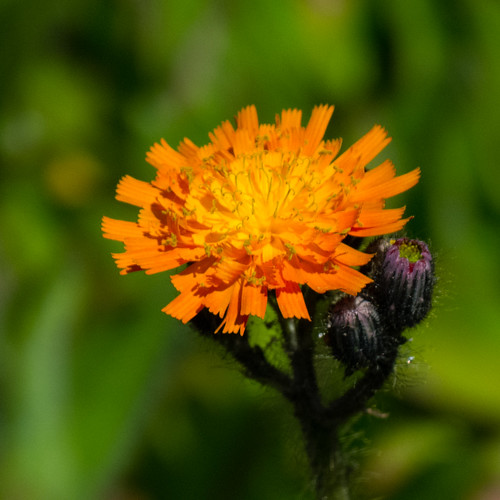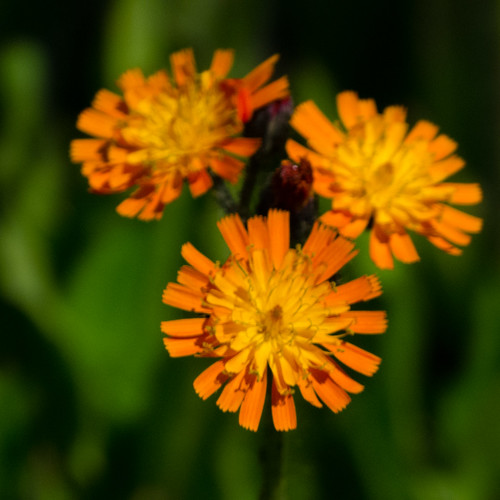Wallflowers flowering from the stonework of the precariously leaning remaining walls of Bridgnorth Castle recently.
Categories
Categories
Lupins, New Place garden
Categories
Magpie by boating lake, West Park
Categories
Swans and cygnets, West Park
Categories
Hawkbit flowers, front garden
Categories







